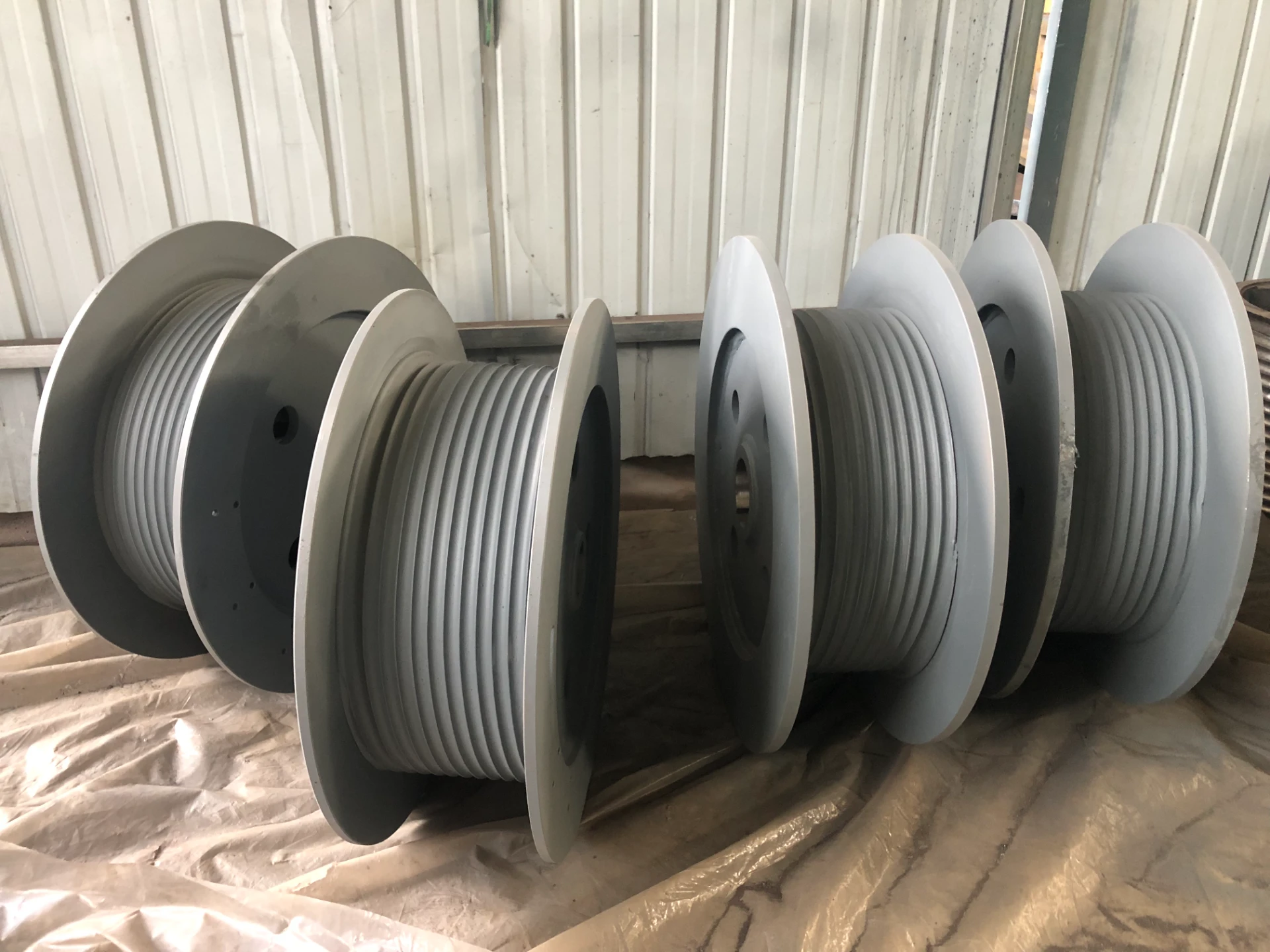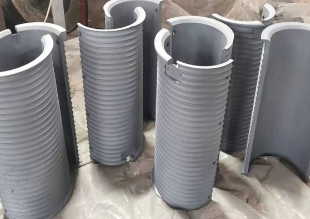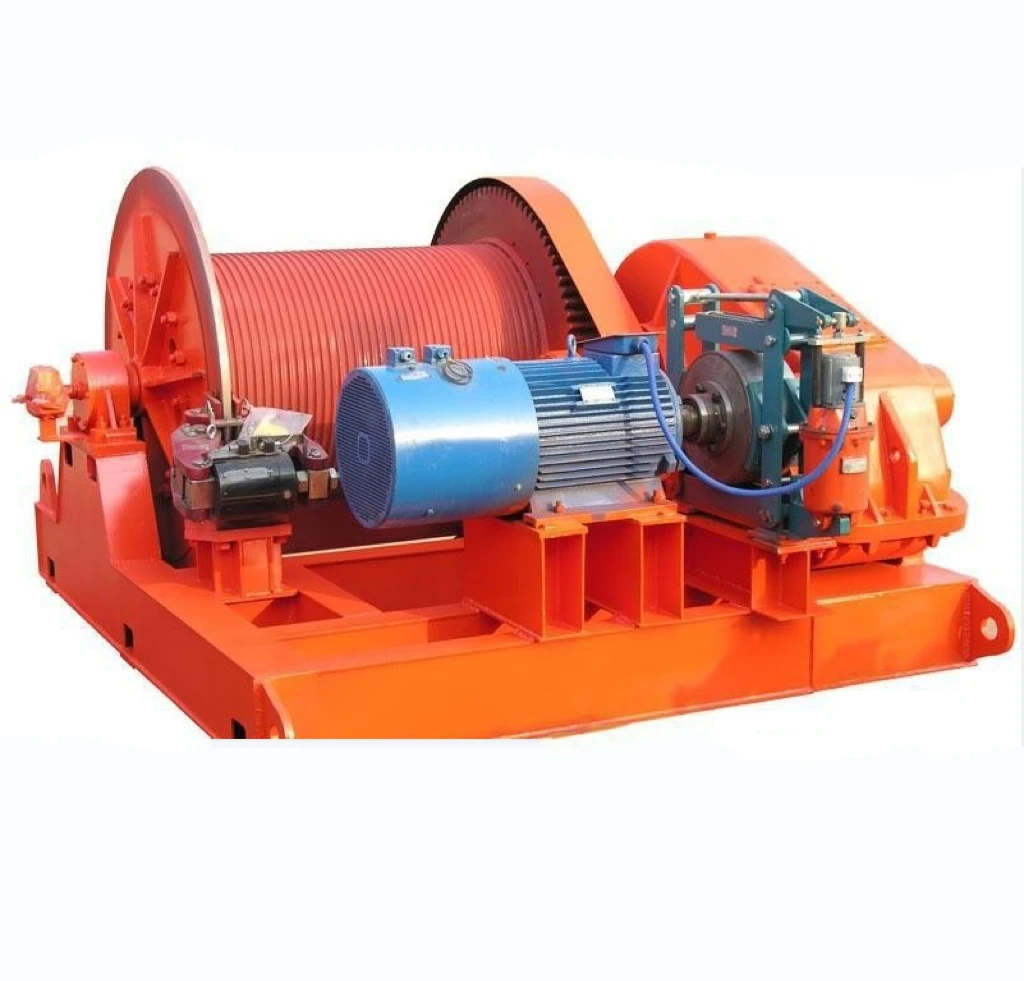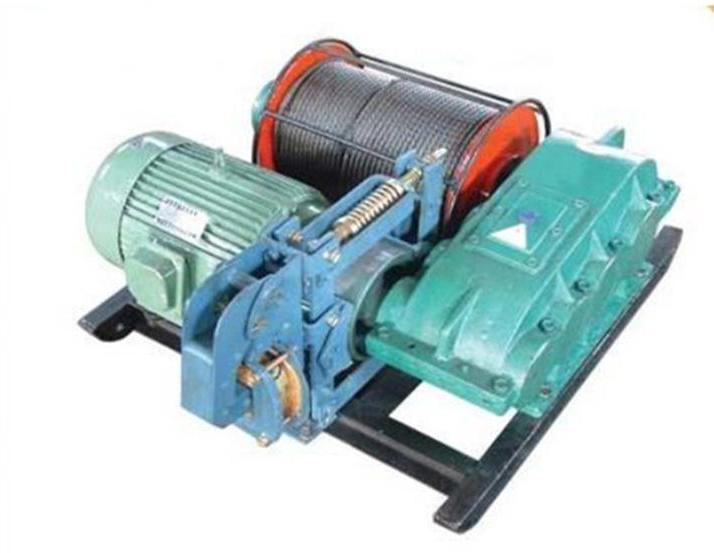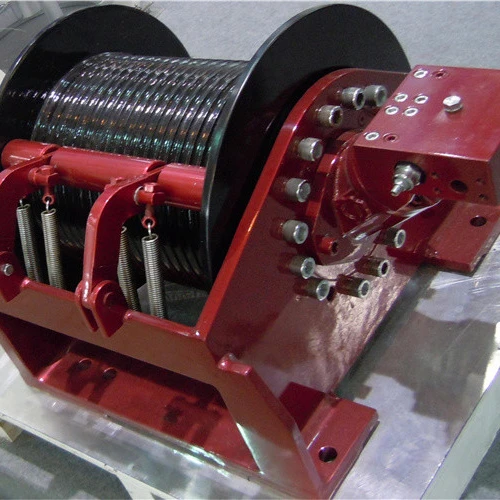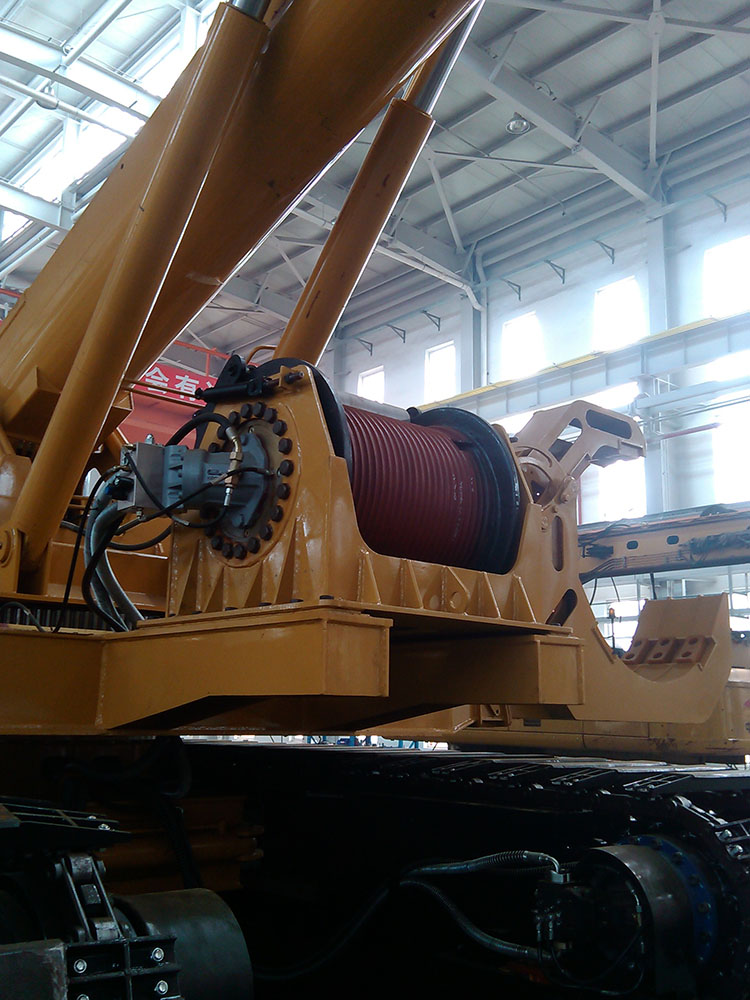Small Hydraulic Winch: Compact Power for Heavy Lifting & Industrial Use
The Small Hydraulic Winch: Why It Matters in Today’s Industry
Whether you’re an engineer sorting through equipment specs or just curious about why a “small hydraulic winch” keeps popping up in industry conversations, you’ve landed in the right place. Globally, these compact devices punch way above their weight class, offering robust solutions wherever heavy lifting meets tight spaces or challenging environments. Understanding small hydraulic winches isn’t just for specialists—they are quietly fundamental across construction, maritime, emergency relief, and beyond.
At a glance, these machines help move loads efficiently and safely, often in places where electric power or large machinery just won’t cut it or isn’t available. That’s why they’re turning up in everything from remote mining operations to disaster response kits. Let’s unpack what makes them tick, why the world needs them, and what innovations signal their future.
Global Context: Small Hydraulic Winches in the Big Picture
The global heavy equipment market is projected to grow steadily, and within it, specialized tools like hydraulic winches come into sharper focus. According to ISO standards on industrial lifting equipment, safety and reliability are paramount, where small hydraulic winches deliver significant value. In developing regions and confined industrial sites, these winches solve logistic bottlenecks—tackling obstacles that might stall entire projects otherwise.
For instance, post-disaster relief initiatives often rely on small hydraulic winch units to clear debris or set up emergency infrastructure quickly and safely. In regions without steady electricity, their hydraulic drive systems are trusted to operate under pressure without the risk of electric faults. Oddly enough, their global importance tends to fly under the radar because they’re not glamorous, but they’re essential.
What’s a Small Hydraulic Winch, Really?
In simple terms, a small hydraulic winch is a compact machine designed to pull or lift loads using hydraulic power rather than electric or purely mechanical means. They generally consist of a motor powered by hydraulic fluid under pressure, a drum that spools cables or ropes, and a clutch or brake system for control. The “small” aspect refers both to their size and capacity, optimized for portability and versatility in tight, demanding environments.
This compact power pack is used across modern industries—think construction cranes, agricultural machinery, forestry, and humanitarian operations like emergency evacuations or infrastructure repairs. Their ability to provide high torque without bulky electric motors makes them ideal for mobile and off-grid applications, which explains their steady rise in popularity.
Key Features and Core Components of a Small Hydraulic Winch
1. Durability and Build Quality
These winches often face harsh conditions—mud, extreme temperatures, grit. Rugged aluminum alloy housings paired with stainless steel components tend to withstand corrosion well, extending operational life. Many models are IP-rated to resist water and dust ingress, a must-have for outdoor use.
2. Torque and Pulling Capacity
While "small" winches won’t haul a car or large container, they’re no lightweight in force. Typical pulling capacities range from 500 kg to 3000 kg, enough for varied industrial tasks. Their hydraulic motors provide consistent torque, ideal for slow, controlled lifting or pulling.
3. Portability and Installation Flexibility
Compact design means these devices fit onto trucks, cranes, remote platforms, or can work as standalone units. Quick-mount options and modular designs enhance flexibility for changing jobsite needs.
4. Control Systems
Hydraulic winches either use manual levers or remote controllers to precisely manage spool speed and braking. Some incorporate safety features like load-holding brakes and overload clutches, ensuring operator security.
5. Maintenance and Serviceability
Easy access to critical parts reduces downtime. Many small hydraulic winches include features like removable covers and standardized parts to simplify regular inspections and oil checks. This is vital for long-term reliability under heavy use.
Quick Takeaway:
Choosing the right small hydraulic winch means balancing capacity, durability, and portability. It’s a machine designed to be as tough as the jobs it faces—kind of like a trusty Swiss Army knife for industrial lifting.
How Small Hydraulic Winches Work Around the World
From Asia’s dense urban construction projects to remote African mining operations, small hydraulic winches see daily use. In ports throughout Europe, they assist in mooring smaller vessels swiftly and safely. NGOs rely on them in disaster-stricken regions for fast debris removal and supply transport, crucially improving humanitarian response speed.
To cite a specific example: after the 2015 Nepal earthquake, relief teams used compact hydraulic winches to move heavy rubble in difficult mountain terrain, where larger equipment couldn’t go. Similarly, oil and gas rigs offshore utilize these winches to handle cables and tools, prized for reliability under challenging weather.
Advantages and Long-Term Value of Small Hydraulic Winches
- Cost Efficiency: Smaller, lighter units mean lower transport and installation costs.
- Reliability: Hydraulic systems handle extreme load and pressure changes better than many electric counterparts.
- Safety: Steady, controllable power minimizes operational risk, supporting dignity and trust in field teams.
- Sustainability: Hydraulic systems can be integrated with hybrid or green energy sources, reducing environmental footprints.
- Innovation: Modern designs continue to improve ergonomics, maintenance ease, and connectivity.
Emotionally, crews appreciate the robustness because the winch feels like a teammate—always ready, rarely failing. In real terms, it can be the difference between timely project delivery or costly delays.
Future Trends and Technology in Small Hydraulic Winches
Automation and digital monitoring are steadily entering hydraulic systems, allowing predictive maintenance via sensors and IoT connectivity. Imagine a smart winch that alerts operators when oil pressure drops or warns of overload conditions in real time—reducing unexpected failures.
The industry is also exploring eco-friendly hydraulic fluids and compact electric-hydraulic hybrids, cutting dependency on fossil fuels. Lightweight composite materials are being trialed to reduce overall winch mass without compromising strength. It feels like we’re on the cusp of winch tech evolving from mechanical helpers to intelligent partners.
Common Challenges and How Experts Solve Them
Small hydraulic winches can struggle with:
- Hydraulic leaks: Solution—improved seal materials and better assembly protocols.
- Complex maintenance: Ongoing push for modular, plug-and-play designs simplifies upkeep.
- Power source dependency: Portable hydraulic pumps and integrations with solar or battery systems help in off-grid use.
- Operator training: Better manuals, video tutorials, and standardized controls make safe, effective operation accessible.
Manufacturers and users actively share best practices, making these challenges more about continual optimization than fundamental limits.
FAQ: Practical Questions About Small Hydraulic Winches
- What industries benefit most from small hydraulic winches?
- Construction, forestry, marine operations, emergency relief teams, and mining frequently use these winches for their portability and power in compact environments.
- How do small hydraulic winches compare to electric winches in safety?
- Hydraulic winches avoid electrical sparks, making them safer in explosive or wet environments. Their smooth torque control also reduces load shock risks.
- Can small hydraulic winches be customized?
- Yes, many vendors offer options for line length, drum size, and control modes to fit specific industry needs or regulatory requirements.
- How often should maintenance be performed on a small hydraulic winch?
- Routine inspections every few months are typical, focusing on hydraulic fluid levels, hoses, and seals. Usage intensity impacts frequency.
- Are these winches usable in extreme climates?
- Yes, many are designed for operation in very cold or hot conditions, often rated according to IP or NEMA standards for environmental protection.
Conclusion: Small Hydraulic Winches Are Mighty Helpers
At the end of the day, small hydraulic winches might not make headlines, but they quietly solve vital problems worldwide. They bring strength, precision, and safety to heavy lifting where space, power, and conditions challenge traditional equipment. If you want to see how they can improve your operations or need reliable gear, take a look at trusted providers like small hydraulic winch specialists who lead with quality and innovation.
If you’re interested in upgrading your equipment or just curious to learn more, don’t hesitate to visit our website and explore the latest models engineered for maximum performance and dependability.
Product Specification Table
| Specification | Model A (Compact 1500) | Model B (Pro 2500) |
|---|---|---|
| Pulling Capacity | 1500 kg | 2500 kg |
| Weight | 45 kg | 65 kg |
| Hydraulic Pressure | 2000 psi | 2400 psi |
| Line Speed | 5 m/min | 7 m/min |
| Control Type | Manual lever | Remote control |
Vendor Comparison Table
| Vendor | Product Range | Warranty | Global Service | Custom Options |
|---|---|---|---|---|
| LBS Winch Co. | Small, Medium Hydraulic Winches | 3 Years | Yes | Yes |
| ProLift Solutions | Heavy Duty Winches | 5 Years | Limited | No |
| HydroTech Inc. | Compact to Heavy Winches | 2 Years | Yes | Partial |
References & Further Reading
- ISO Standards on Hydraulic Lifting Equipment
- Wikipedia: Winch
- United Nations Office for Disaster Risk Reduction (UNDRR)
At the risk of sounding like I’m overselling, these small hydraulic winches are the unsung heroes you didn’t realize you needed in heavy lifting — a fine balance of strength, finesse, and adaptability.
-
Hydraulic Drum Winches: Powering Heavy Lifting with Precision and DurabilityNewsNov.24,2025
-
Hydraulic Driven Winch – Reliable Heavy Lifting Solutions for Industry & ReliefNewsNov.24,2025
-
Hydraulic Crane Winch – Powerful & Precise Heavy Lifting Solutions | LBS WinchNewsNov.23,2025
-
Electric Over Hydraulic Winch: Efficient, Durable Lifting Solutions for Modern IndustryNewsNov.23,2025
-
Hydraulic Logging Winch Guide | Global Applications & InnovationsNewsNov.22,2025
-
Hydraulic Forestry Winch: Durable, Efficient Logging Equipment for Sustainable ForestryNewsNov.22,2025


